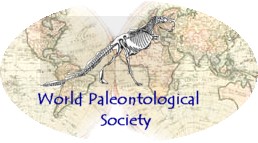
...small nasty guys
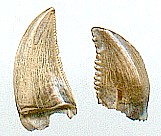
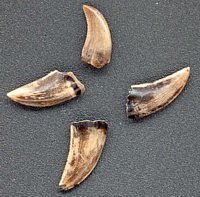

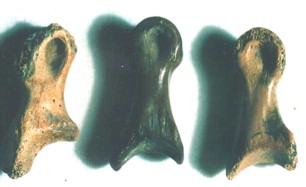




(more hollow bones)
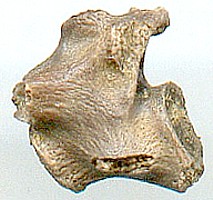


Cretaceous Room

Click Here
 |
|||||||||||||||||||||||||||||||||||||||||||||||||||
| Cretaceous Theropods ...small nasty guys |
|||||||||||||||||||||||||||||||||||||||||||||||||||
 |
|||||||||||||||||||||||||||||||||||||||||||||||||||
| Denticles (serrations) are highly variable on theropod teeth. From very fine on some raptors (left) to large as on Troodon (right). Denticle size and spacing is one method used to identify theropod genera.(1.2 cm) | |||||||||||||||||||||||||||||||||||||||||||||||||||
 |
|||||||||||||||||||||||||||||||||||||||||||||||||||
| Thomas Huxley (Darwin's pal): "The fossils on this page are from Late Cretaceous deposits in Alberta." Aggasiz (founder of modern geology): "Alberta will cover this blank spot on the globe once it is discovered." | |||||||||||||||||||||||||||||||||||||||||||||||||||
| Velociraptorinae: Small but nasty Saurornitholestes langstoni. Strongly recurved teeth are more 'pointed' than those of most other raptors. (1.3 cm) | |||||||||||||||||||||||||||||||||||||||||||||||||||
 |
|||||||||||||||||||||||||||||||||||||||||||||||||||
| click to enlarge | |||||||||||||||||||||||||||||||||||||||||||||||||||
 |
|||||||||||||||||||||||||||||||||||||||||||||||||||
| Troodon tooth. This tooth was found in the Scollard Formation which spans the Cretaceous-Paleocene extinction line. It is speculated that this was the most intelligent (or 'least dumb') of dinosaurs (1.2 cm) | |||||||||||||||||||||||||||||||||||||||||||||||||||
| Raptor phalanges from 3 formations, the Foremost, Horseshoe Canyon and Scollard. These formations span 15 million years of raptor evolution. (3.5 cm) | |||||||||||||||||||||||||||||||||||||||||||||||||||
 |
 |
||||||||||||||||||||||||||||||||||||||||||||||||||
 |
|||||||||||||||||||||||||||||||||||||||||||||||||||
 |
|||||||||||||||||||||||||||||||||||||||||||||||||||
| Raptor vertebra. 'Cancellous', rough porous density. This porosity reduced theropod weight and thus increased the speed of these predators. End (above) and lateral (left) views. (2cm). (more hollow bones) |
|||||||||||||||||||||||||||||||||||||||||||||||||||
| Theropod Vertebra. Lateral view of another specimen. Raptor? (2.5 cm) | |||||||||||||||||||||||||||||||||||||||||||||||||||
 |
|||||||||||||||||||||||||||||||||||||||||||||||||||
| Theropod? Squamata? some small vertebrae once thought as lizzard are now thought to be theropod dinosaur. Lateral view (note size: 1 cm) | |||||||||||||||||||||||||||||||||||||||||||||||||||
 |
|||||||||||||||||||||||||||||||||||||||||||||||||||
| The tyrannaosaurid Albertosaurus caudal (tail) vertebra shows contrast in size with its theropod cousin, a Raptor, below. Both vertebrae have the same basic structure. | |||||||||||||||||||||||||||||||||||||||||||||||||||
 |
|||||||||||||||||||||||||||||||||||||||||||||||||||
| Theropod pahalanges. Found only meters apart. The tyrannosaurid Albertosaurus (above) and Raptor (below). The same family yet 1.5cm versus 15cm in length! Oldman formation. | |||||||||||||||||||||||||||||||||||||||||||||||||||
| Return to Cretaceous Room |
|||||||||||||||||||||||||||||||||||||||||||||||||||
 |
|||||||||||||||||||||||||||||||||||||||||||||||||||
| More Raptor Teeth! Click Here |
|||||||||||||||||||||||||||||||||||||||||||||||||||